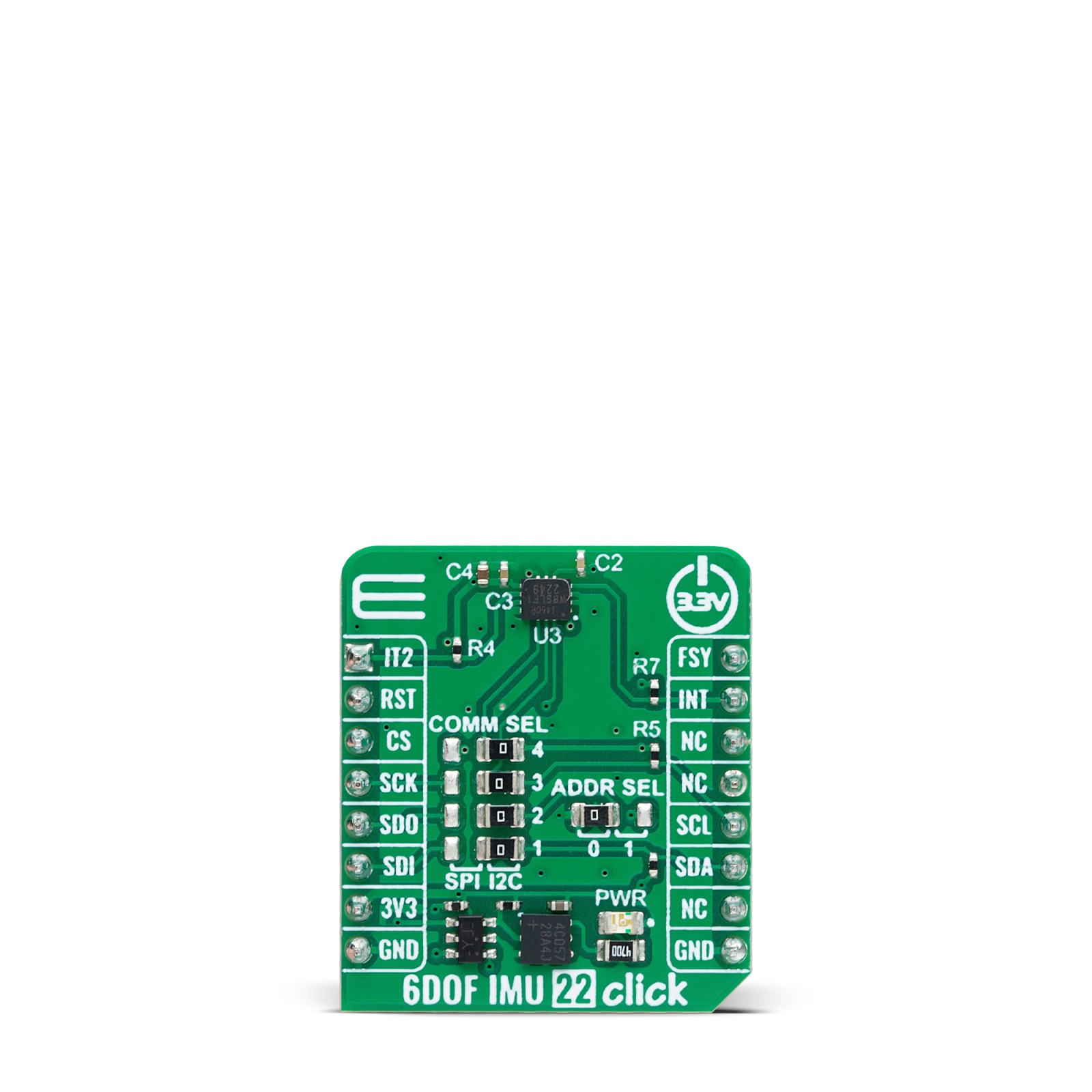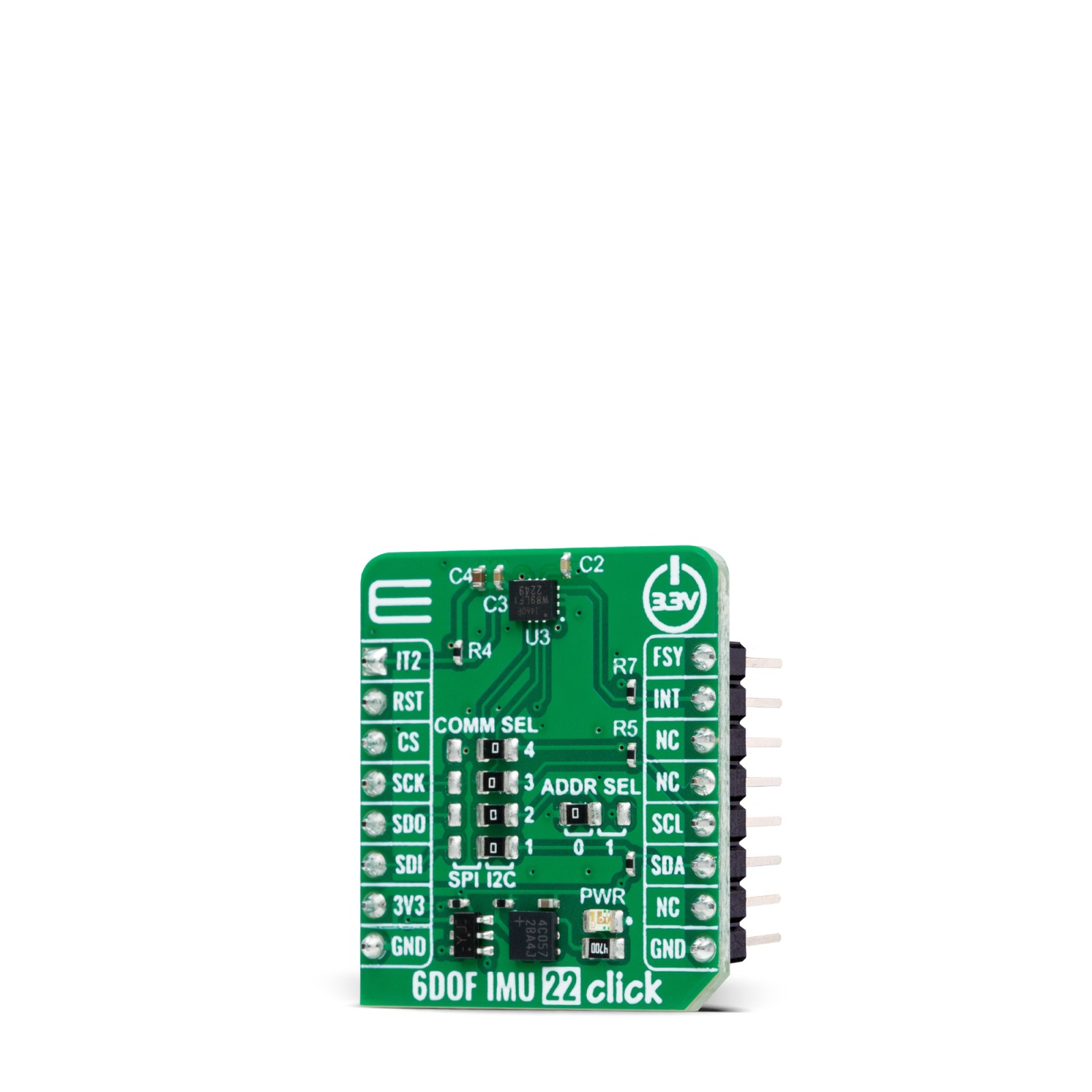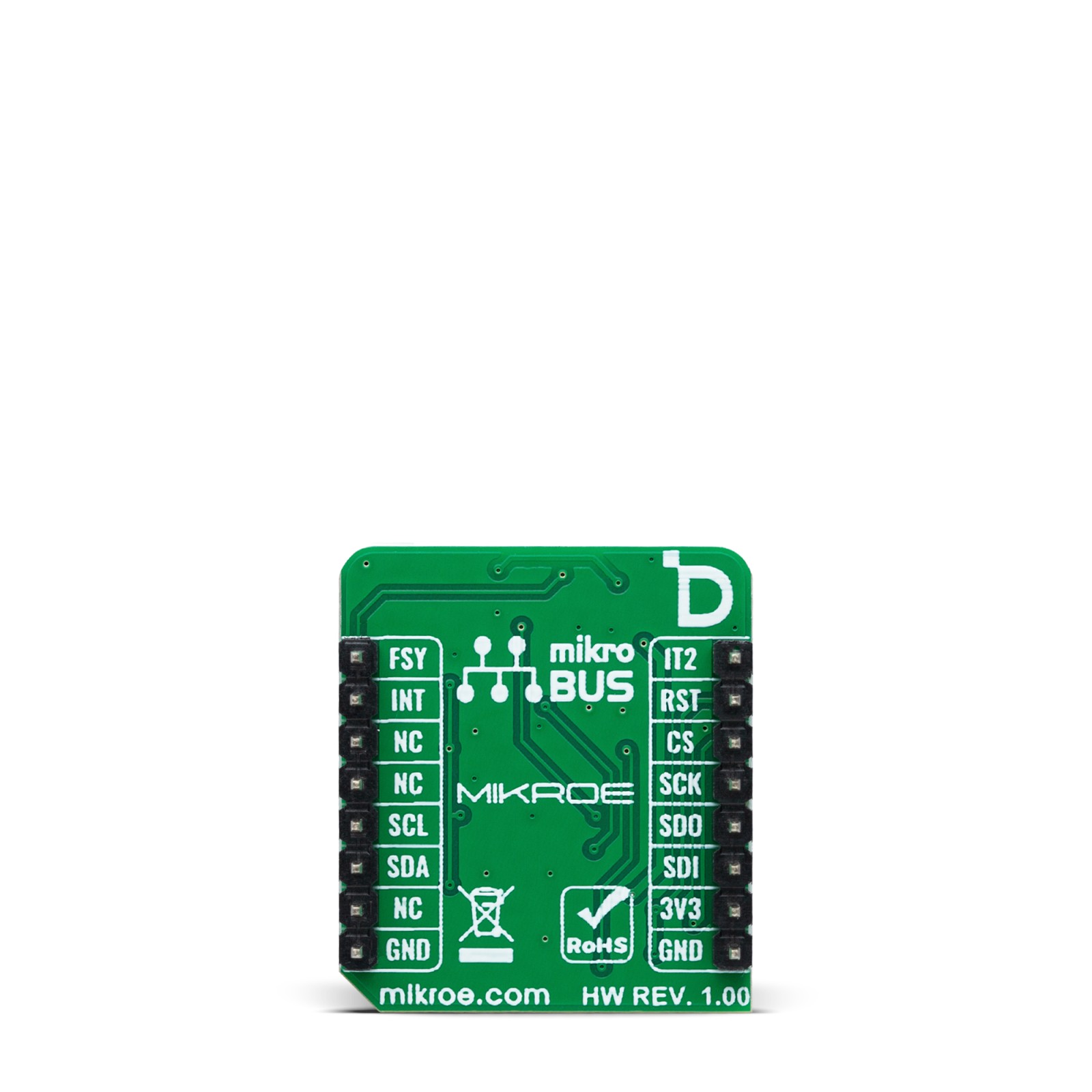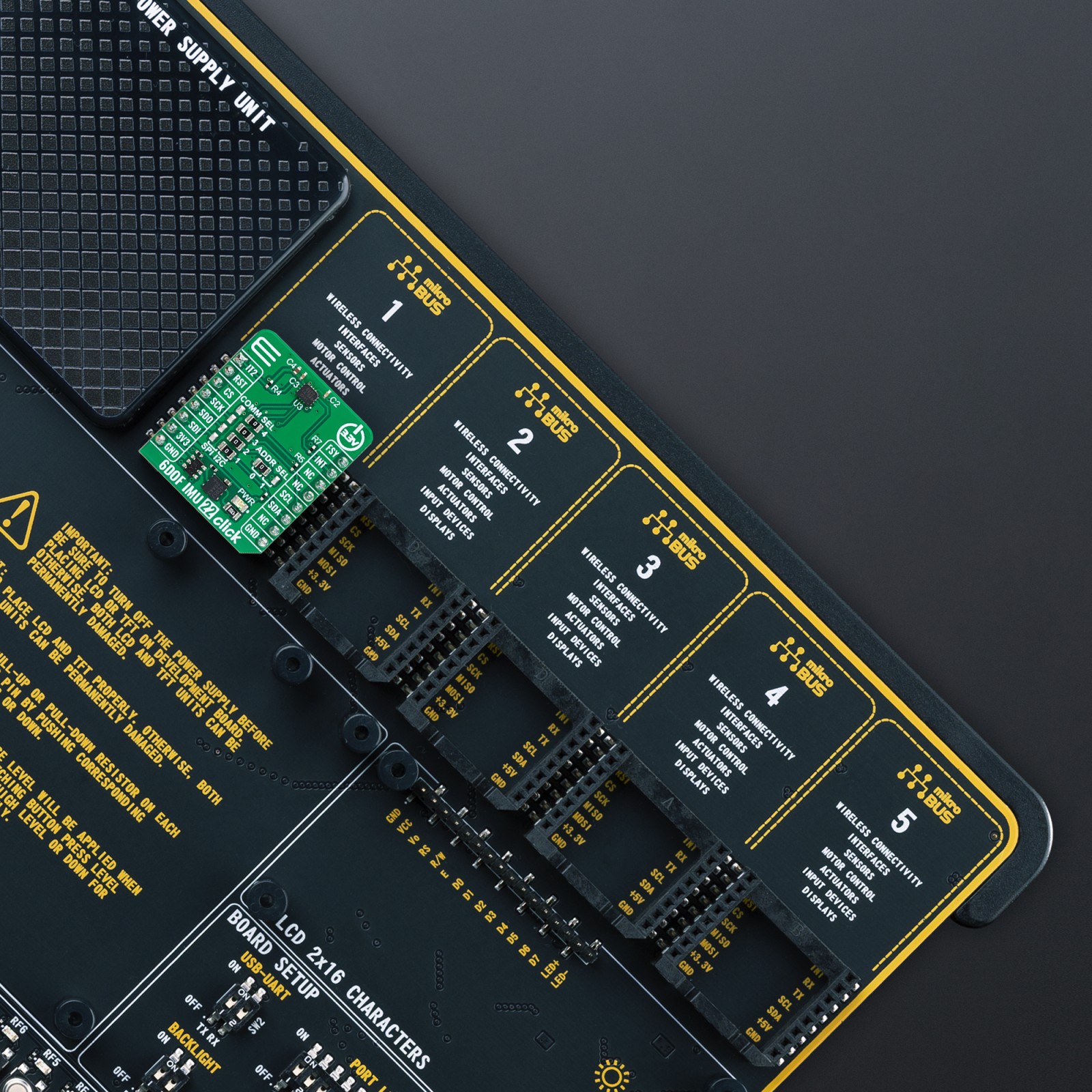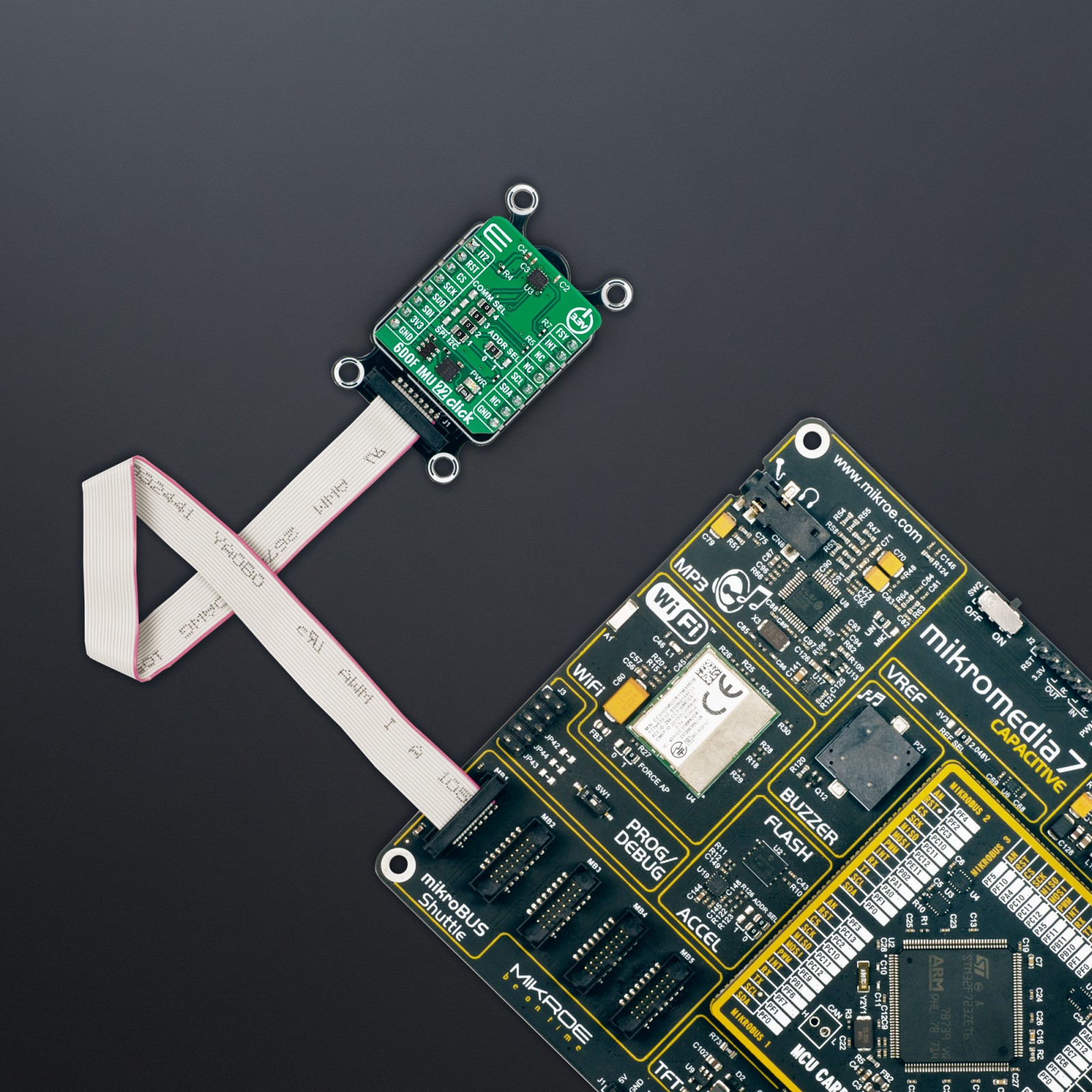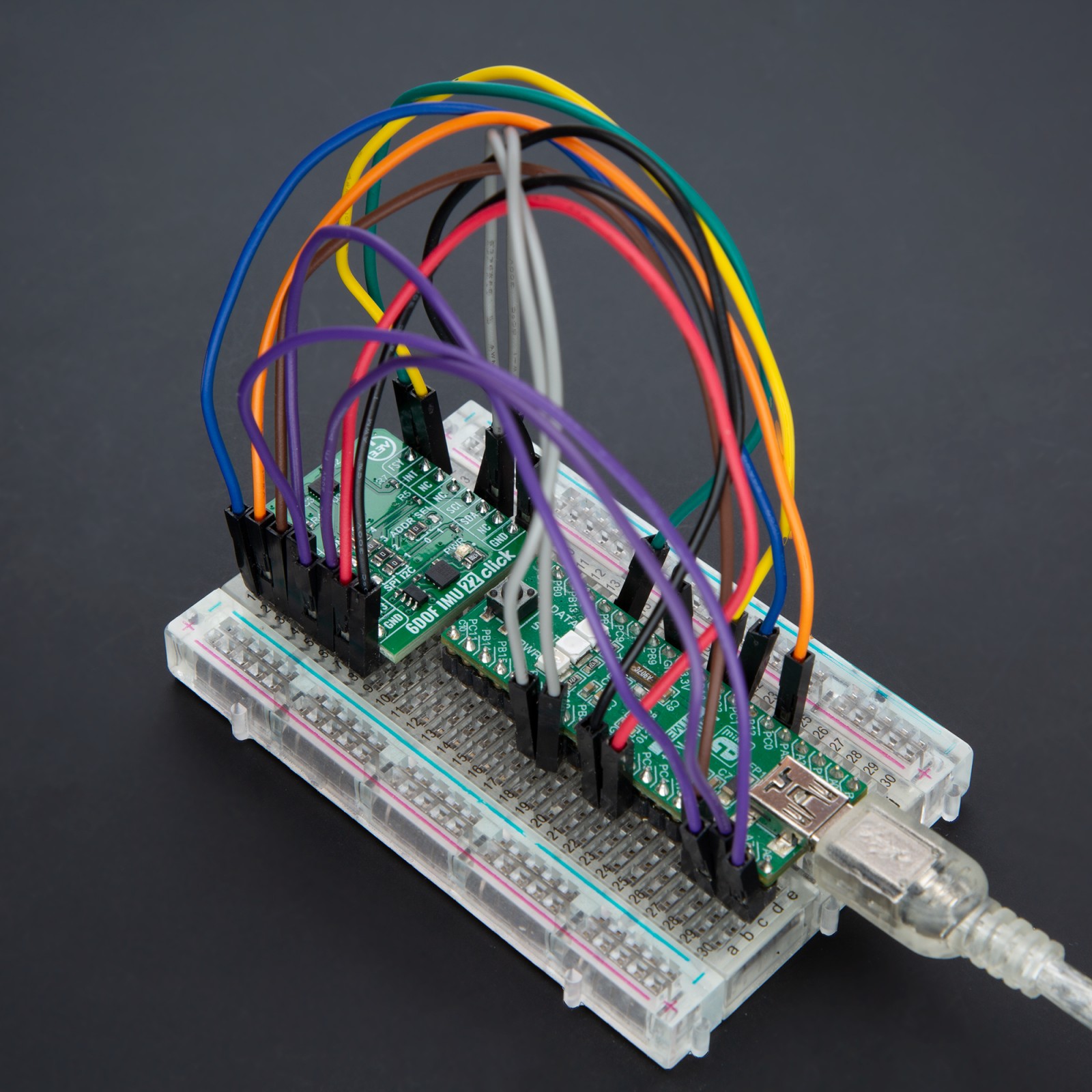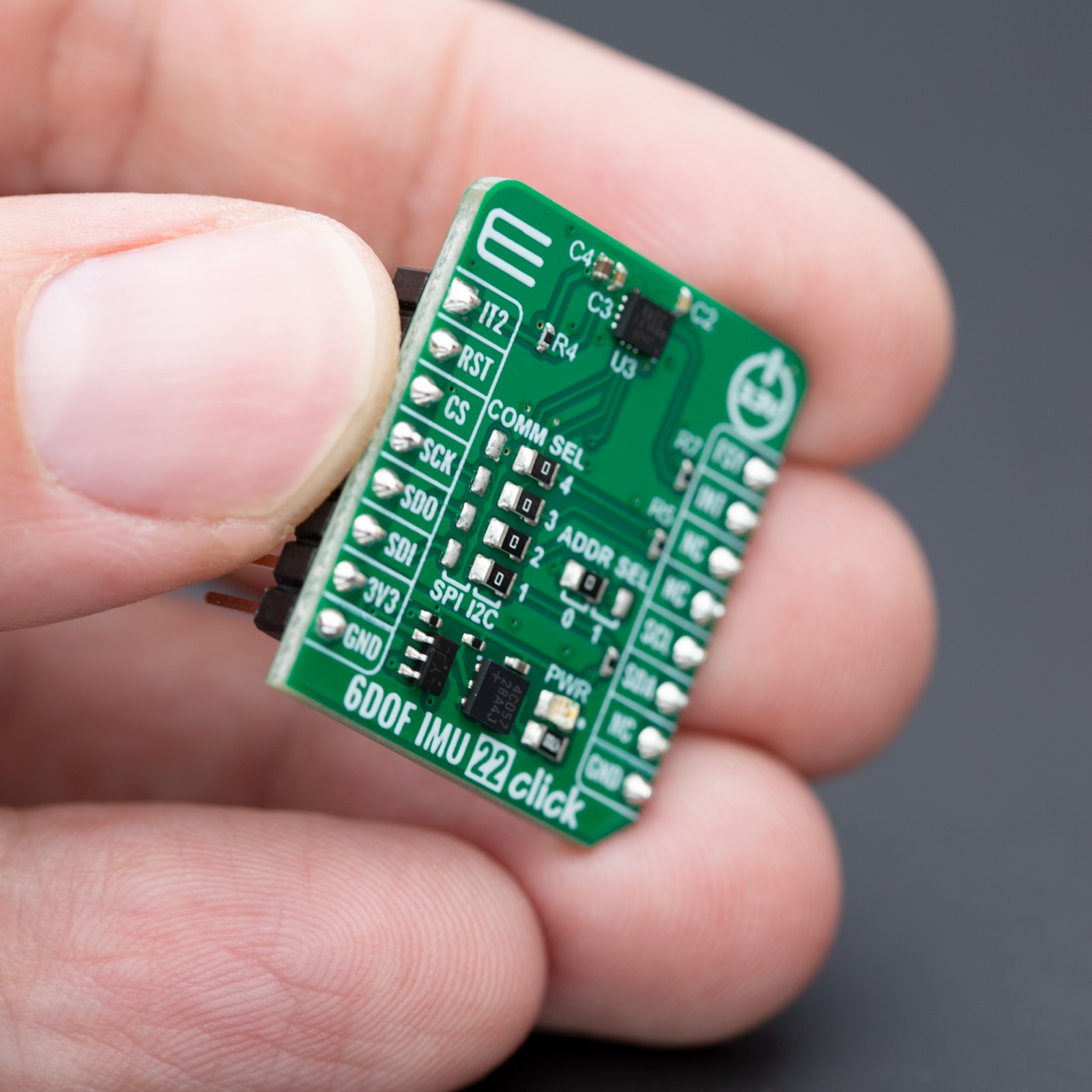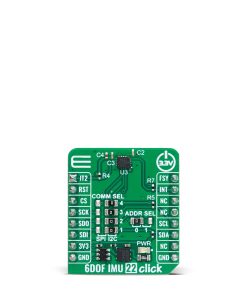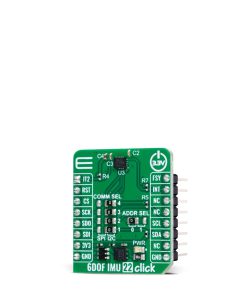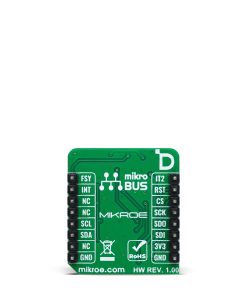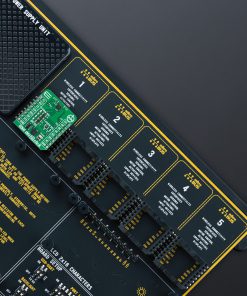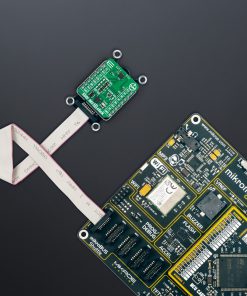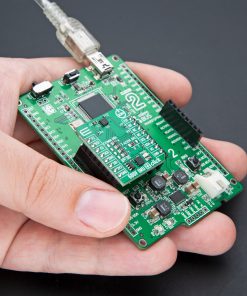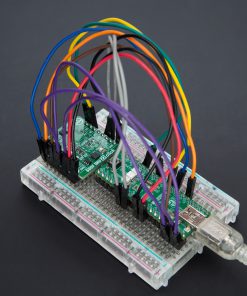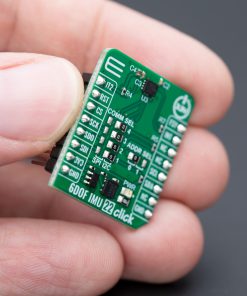6DOF IMU 22 Click
R330.00 ex. VAT
6DOF IMU 22 Click is a compact add-on board for advanced motion tracking. This board features the ICM-42670-P, a high-performance 6-axis MEMS MotionTracking IMU from TDK InvenSense. The ICM-42670-P integrates a 3-axis gyroscope and accelerometer, offering exceptional precision in motion detection. It supports both I2C and SPI interfaces for communication, features a substantial 2.25Kbytes FIFO, and includes two programmable interrupts that enhance power efficiency through a wake-on-motion feature. The IMU’s gyro and accel are adjustable across a range of full-scale settings, accommodating a variety of usage scenarios. With its low noise levels, high stability under various conditions, and an on-board APEX Motion Processing engine for gesture and step recognition, this Click board™ is an ideal choice for developing wearable technology, smart home devices, robotics, and AR/VR applications.
6DOF IMU 22 Click is fully compatible with the mikroBUS™ socket and can be used on any host system supporting the mikroBUS™ standard. It comes with the mikroSDK open-source libraries, offering unparalleled flexibility for evaluation and customization. What sets this Click board™ apart is the groundbreaking ClickID feature, enabling your host system to seamlessly and automatically detect and identify this add-on board.
Stock: Lead-time applicable.
| 5+ | R313.50 |
| 10+ | R297.00 |
| 15+ | R280.50 |
| 20+ | R269.94 |

